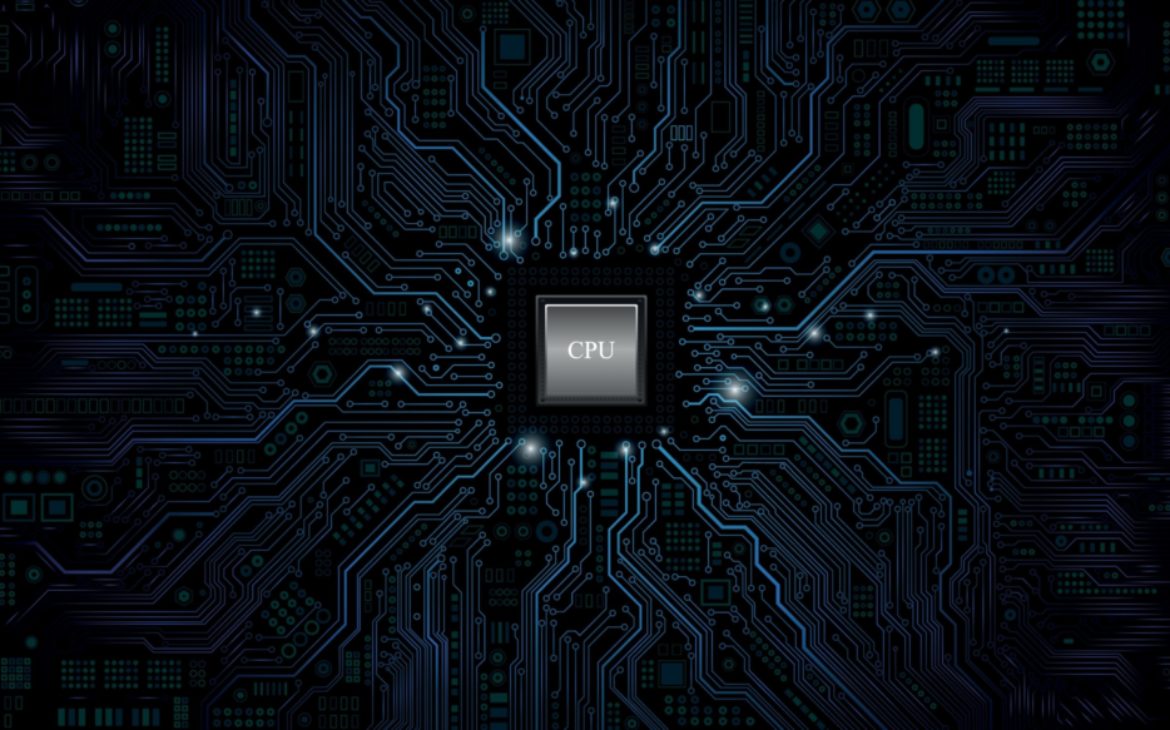The four leading operating systems (OS) include:
- Android
- Linux
- Ubuntu
- Microsoft Windows IoT Enterprise.
Qualcomm claims its processors will help expand connected intelligent edge devices, whose value is expected to reach $116 billion by 2030, according to Precedence Research.
The two processors, called QCS6490 and QCM6490, are designed for a wide range of IoT applications to support 5G for global connectivity and geolocation. This includes IoT devices like dashcams, edge boxes, industrial automation equipment, autonomous mobile robots, and more.
Software defined
Qualcomm has also unveiled two other processors – QCM5430 and QCS5430 – designed for software-defined IoT solutions.
These platforms can scale across IoT devices and deployment configurations for a visual environment such as (among others) industrial handheld devices, retail equipment, mid-tier robots, connected cameras, and AI edge boxes.
The processors support two cameras at up to 192 MP capture, up to five concurrent cameras and video encoding at up to 4K60. Additionally, it supports machine vision with low-power and advanced edge-AI processing.
Robotics platforms
Finally, Qualcomm has unveiled two robotics platforms optimized for smaller devices and lower power consumption.
The platforms named Robotics RB1 and Robotics RB2 feature compute and AI-focused performance and communications technologies with built-in machine vision support for up to three cameras.
It supports cameras with up to 25 MP resolution and secure DSP (digital signal processor) and user interface (UI) with support for additional peripheral standards such as UFS2.1, GPIO, UART, etc. Wired and wireless connection is possible via WiFi, LTE, 5G, USB-C 3.1 port, memory card SD3.0, and EMMC v 5.1 embedded multimedia card.
